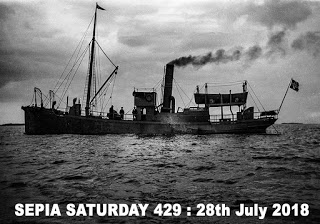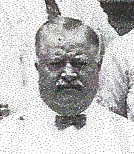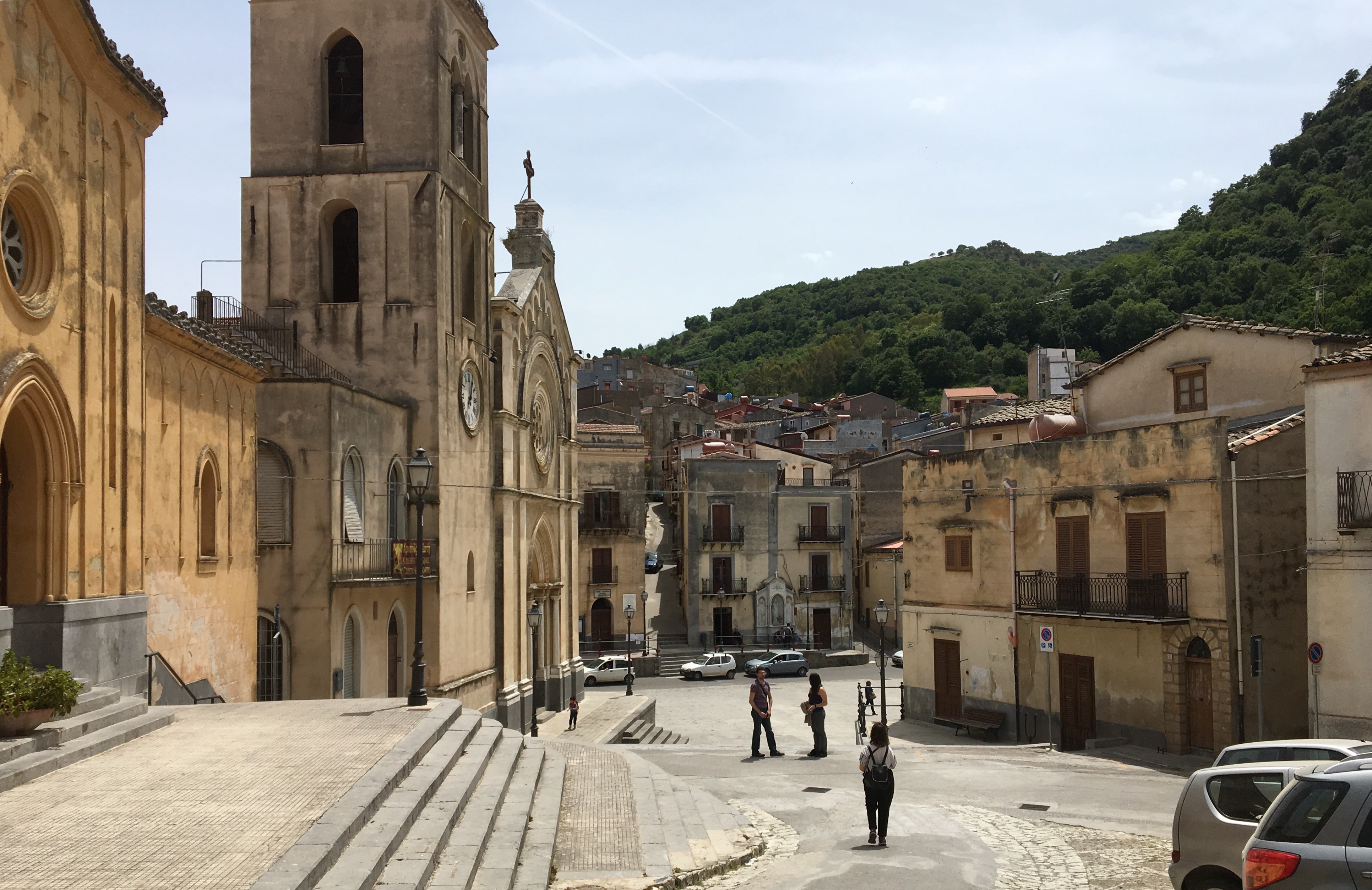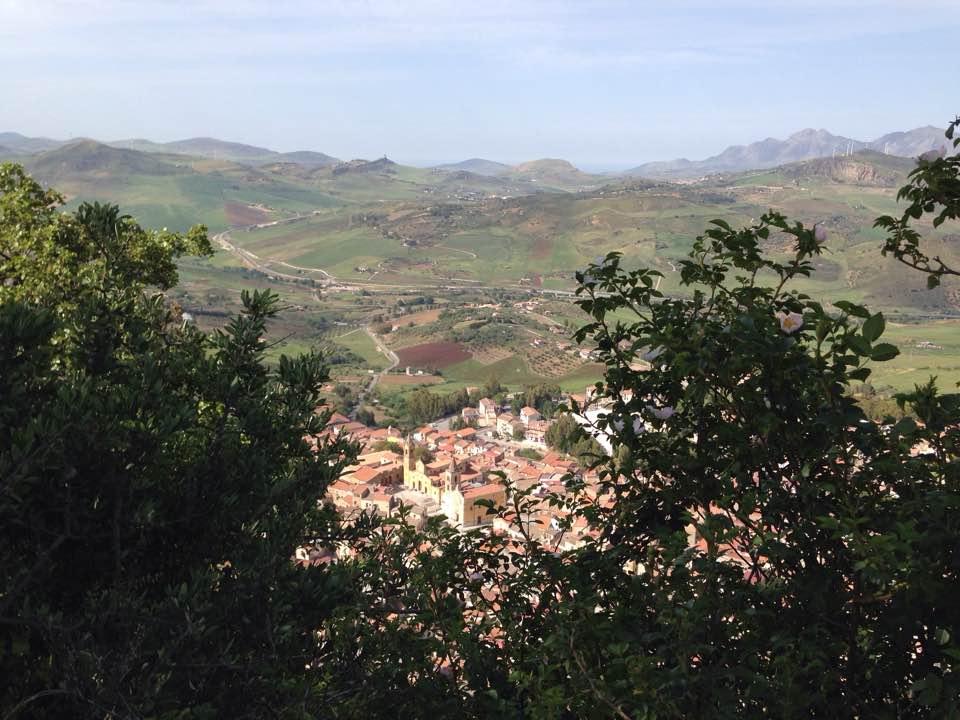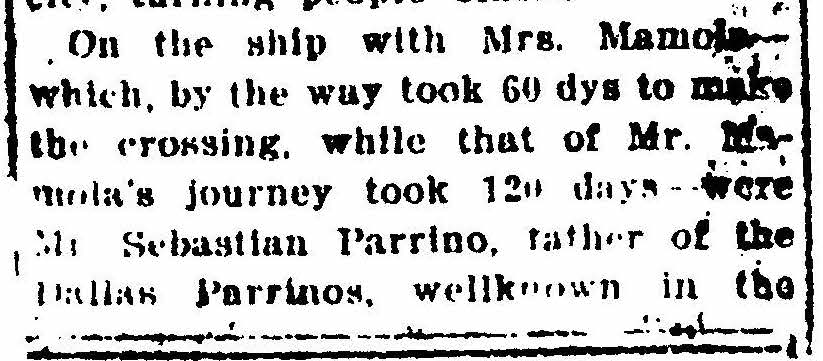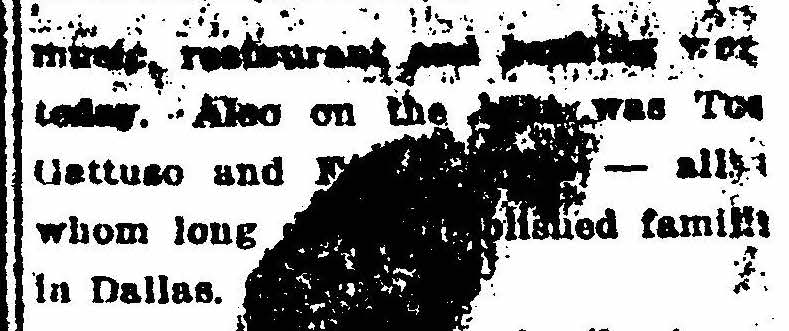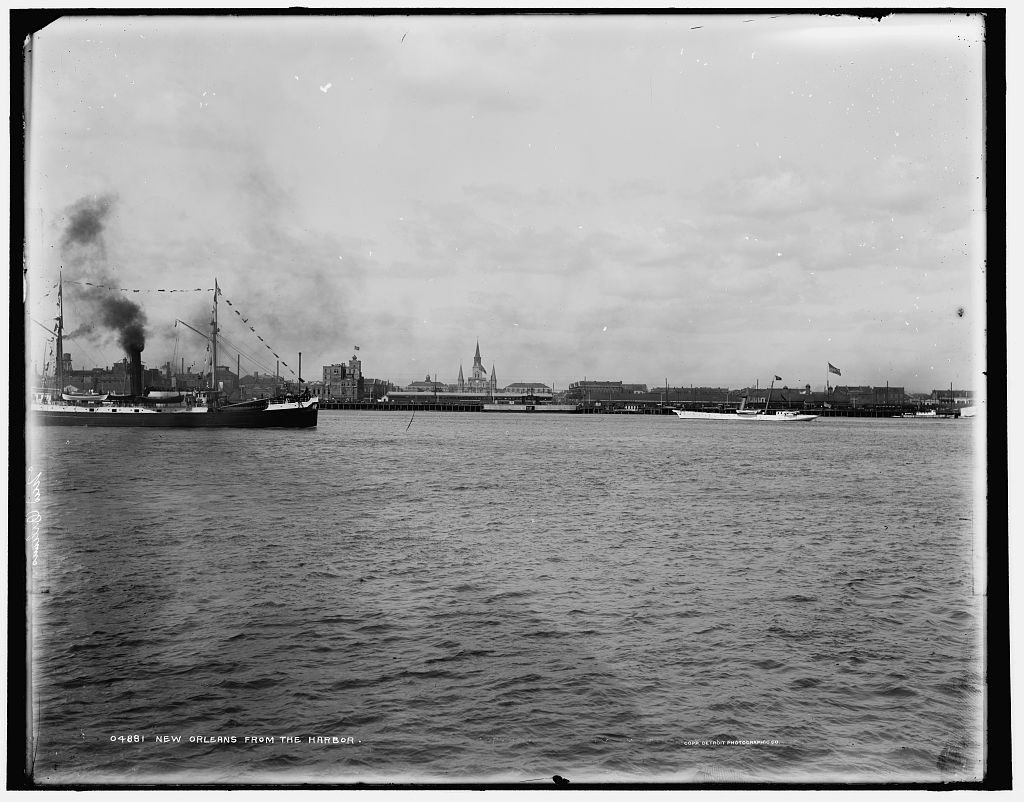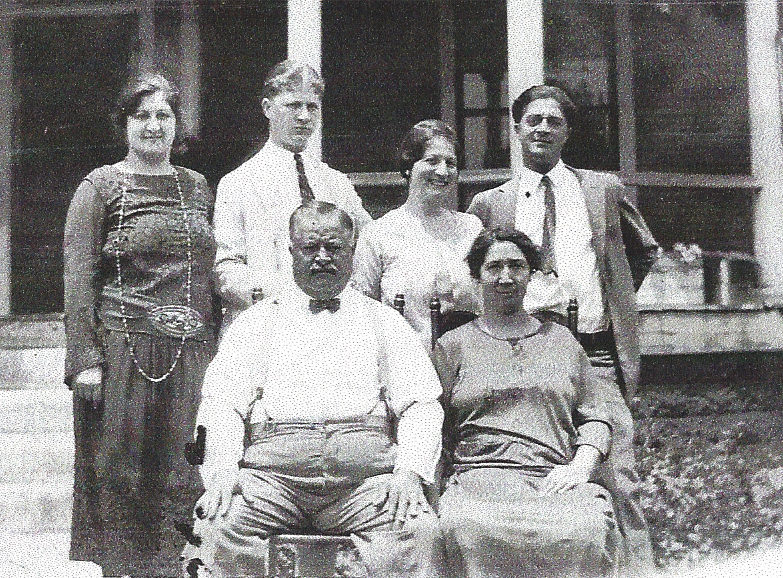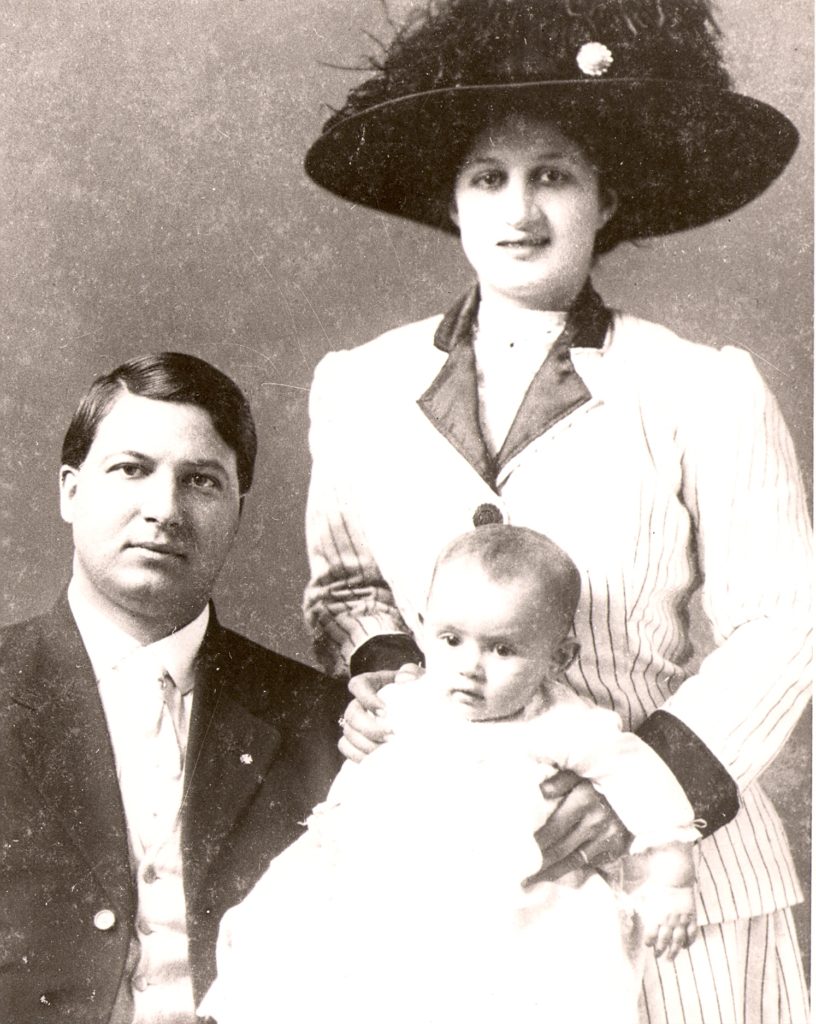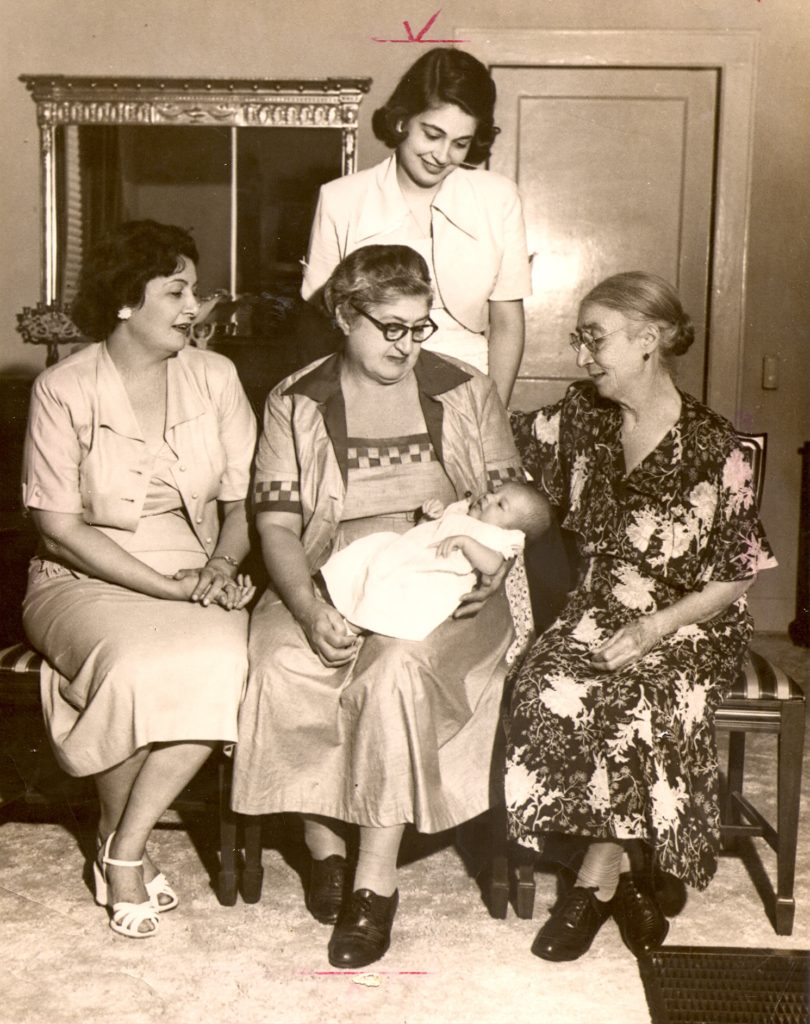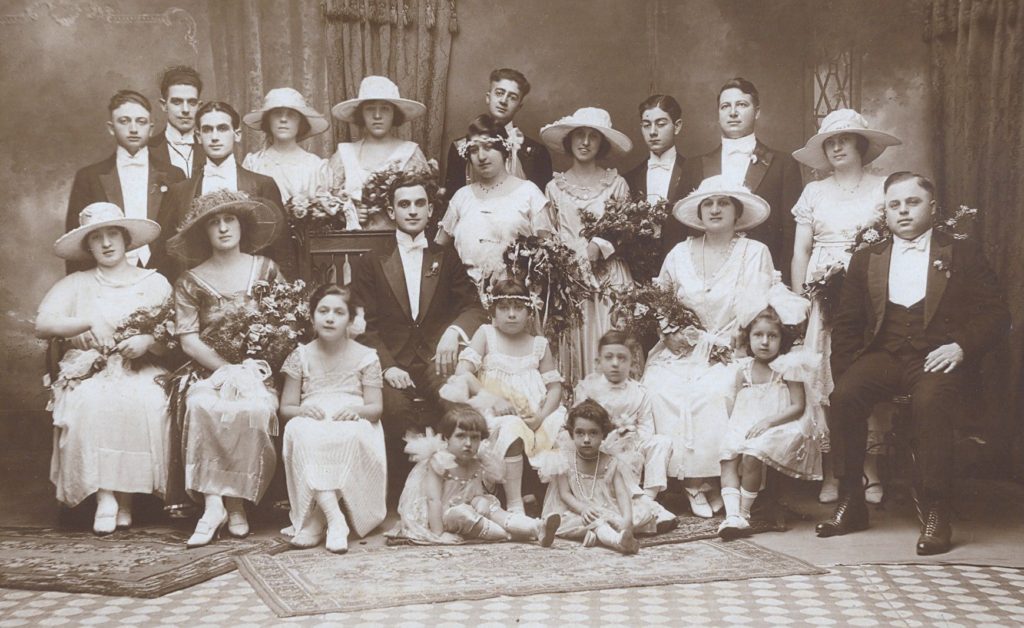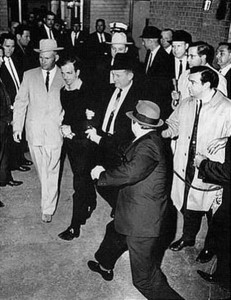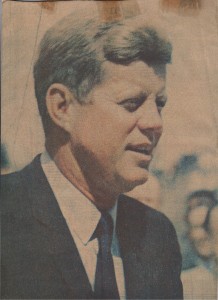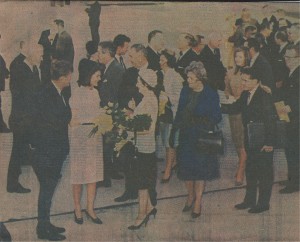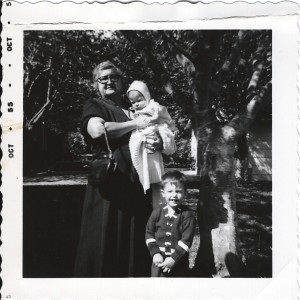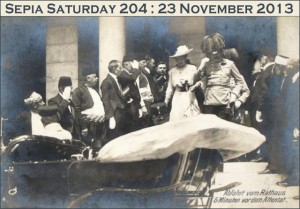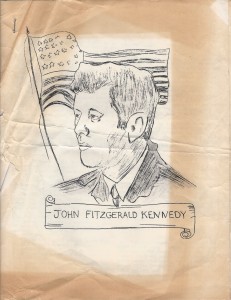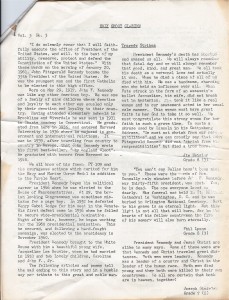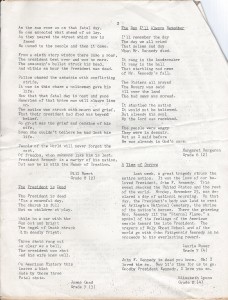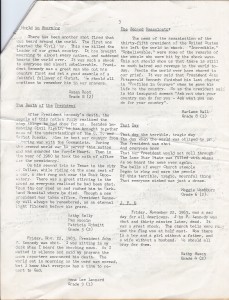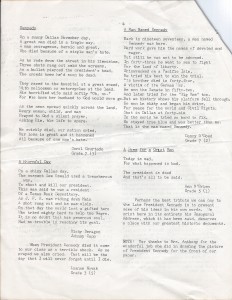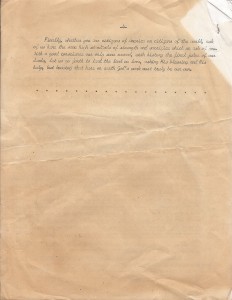Sepia Saturday provides bloggers with an opportunity to share their history through the medium of photographs.
I had such high hopes.
I knew just what I would do.
I would follow up on last week’s post about my husband’s family.
I’d locate the passenger lists showing the arrival of Frank Mamola and Angelina Siragusa to the United States. I’d find pictures of the ships that carried them. I’d even throw in what I could find about the other people mentioned in a 1953 newspaper article highlighting 5 living generations of their family.
That was the plan. It would be easy.
But here I sit on Saturday morning. Hardly a scrap of anything for all my looking about.
Where to begin to share my almost nothing? The chronological order of my search? Or take the newspaper article bit by bit?
I think I’ll go with the newspaper article as my guide.

A search of Frank Mamola in the passenger lists at ancestry.com and familysearch yielded nothing. Census records both confirm and disagree with the 1888 arrival date.
The 1900 U.S. Census for Denison, TX shows the OMamala family – an Irish take on the name! – with an 1883 arrival date for Frank and 1886 for Angelina. The birthdates for both seem right, but with that arrival date, Angelina would have been 10 when she arrived and married.
The 1910 census shows both of them arrived in 1888. Interestingly, Frank had been married for 17 years, while Angelina had been married for 18. How does that work?
The 1920 Census has Frank arriving in 1887, Angelina in 1892, and indicates that Frank was naturalized in 1890 – before Angelina arrived, thus giving her citizenship with their marriage.
The 1930 census indicates that both were immigrants, but gives no arrival dates.
All I could find about Frank was after he settled in Denison, TX. No passenger lists. No marriage records. No naturalization records. It’s going to take a lot more work to find pre-Denison records for him.
My husband tells me that Frank Mamola was from Mezzojuso, Sicily, and was of Albanian descent. I’ll take his word for it. The families of 48 Albanian soldiers settled in the nearly vacated village in the early 15th century. Mezzojuso is home to two historic Catholic churches both dating to the 16th century: the Latin-rite parish Church of Maria Santissima Annunziata and the Byzantine Greek-rite parish Church of San Nicolò di Mira. Let’s pretend that Frank Mamola attended the Church of San Nicolo di Mira because he probably did. And imagine him running around the square with his friends as a boy.
My husband, daughter, and I traveled to Mezzojuso in May 2017. Below you can see the two churches that stand side-by-side. The Latin rite church on the left edge of the photo is more golden in coloring and the Greek rite church to the right with the cross visible.
This view features the Latin rite church, the Greek rite church out of frame on the right.
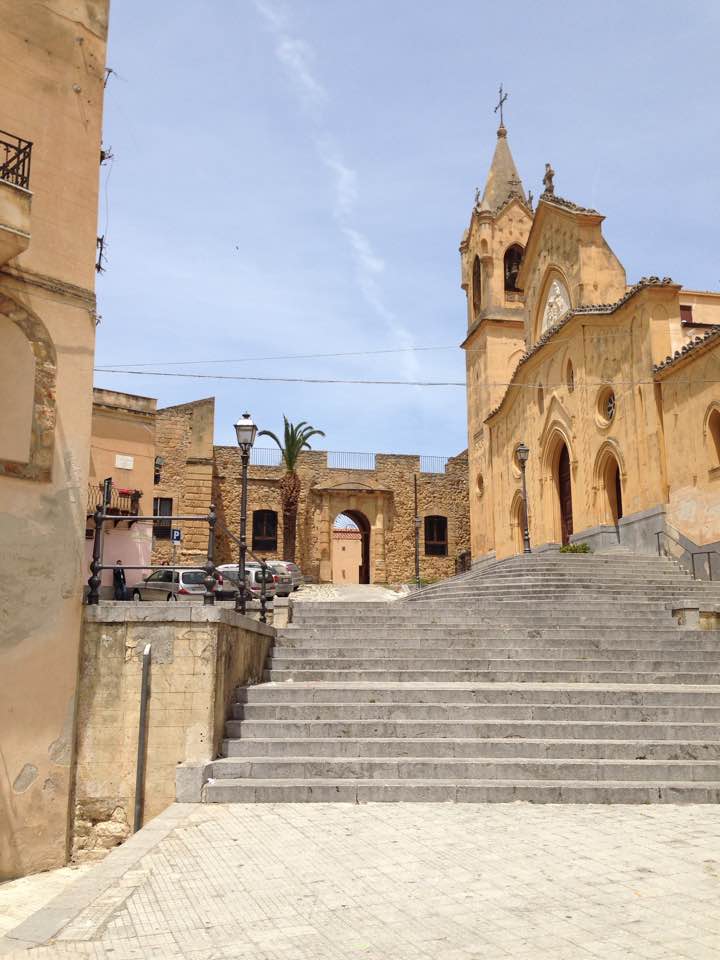
Here we are with some of my husband’s relatives (not related to the Mamola’s, but also originally from Mezzojuso), in front of the church that Frank Mamola may have attended growing up in 1860s-70s. I’m the short one.
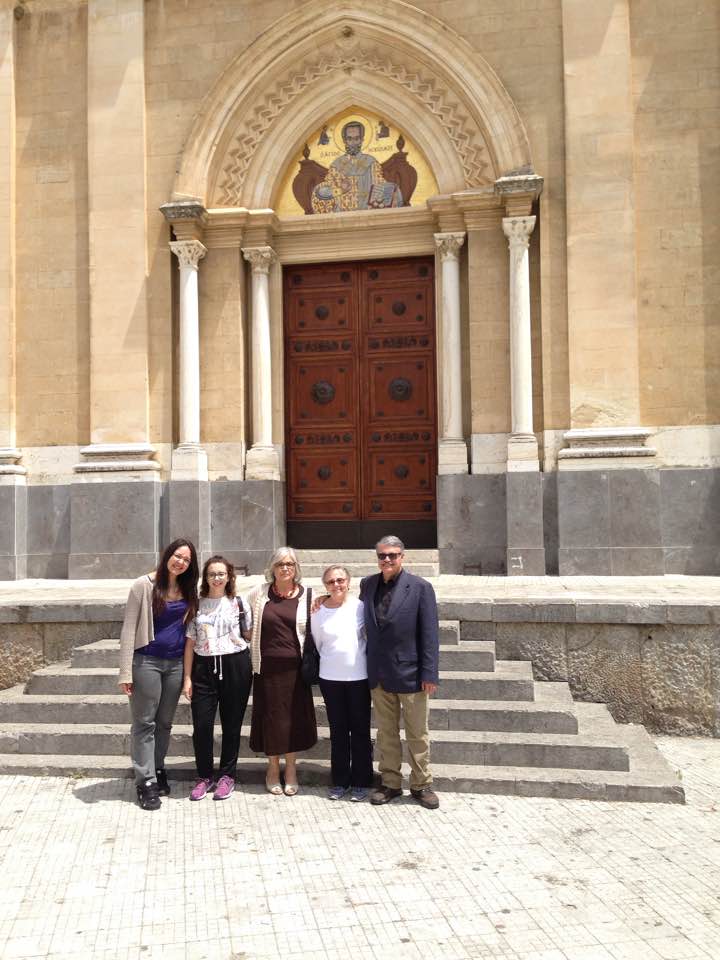
A cousin drove us up La Brigna – Mezzojuso sits on the slope of the mountain. It provided a lovely view of Mezzojuso. You can see the twin churches sitting together on the town square.
Back to the newspaper article…
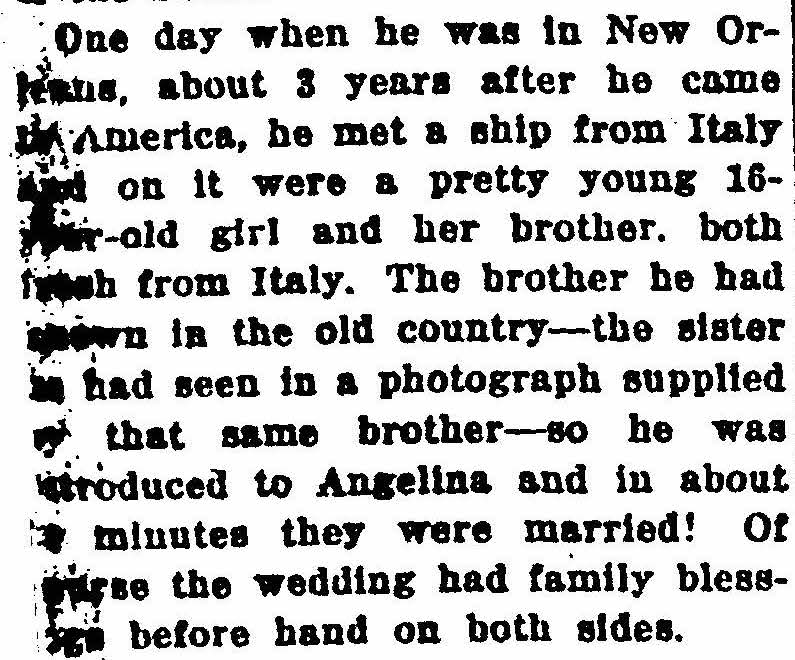
The Angelina in the story is Angelina Siragusa, who my husband tells me was from Campofelice di Fitlalia. I don’t know her brother’s name. Later in the article, a couple of other names are mentioned as fellow passengers on the ship with them.
Too bad about that big smudge! It would have helped me confirm if I located the correct passenger list for Angelina. This one looks promising – The S.S. Italia leaving port at Palermo, Sicily and arriving New Orleans, LA on November 9, 1891.

Just like the newspaper article, this document has lots of missing and unreadable parts, making my search more difficult. Here is an entry for a female passenger, age 16, named Angelo Siracusa.
Now to find a brother … There is a male passenger with the surname Siracusa.
It looks like his first name might be Salvatore? And his age? 34? That would make him a much older brother to 16-year-old Angelina. And look at the name two above his – a Parrino! Although it is Giuseppe, not Sebastian. Are there other Parrinos? Yes, there are! Could passenger #338 be Sebastian?
The article also mentioned someone with the surname Gattuso as a fellow passenger. I did not find that name. Some of the names are simply missing from the document. Or maybe I got tired.
And there was an interesting, but puzzling entry. Passenger 792.

A 7-year-old girl named G ???? Siragusa. Is she related? Another mystery.
I’m not absolutely positively sure that this is the passenger list for our Angelina Siragusa, but it could be. I couldn’t find a picture of the ship either. There were three S.S. Italias and I couldn’t find a picture of the one in service in 1891.
As I stated previously, Angelina is said to have been from Campofelice di Fitalia, a village near Mezzojuso. In fact, for many years – until 1951- it was under the administration of Mezzojuso. Google maps tells me it is a 10 minute drive from Mezzojuso to Campofelice. You would think we would have gone there since we were so close. But we didn’t. The main road was out because of a rock slide a couple years earlier and was still under construction, making the trip much longer and, I assume, on unpaved roads. Our host is not related to that side of the family and we had just a short time there anyway, so no visit to Campofelice.
When I was looking back at pictures from our trip for this post, I found one I took from up on La Brigna that I hoped was looking down on Campofelice.
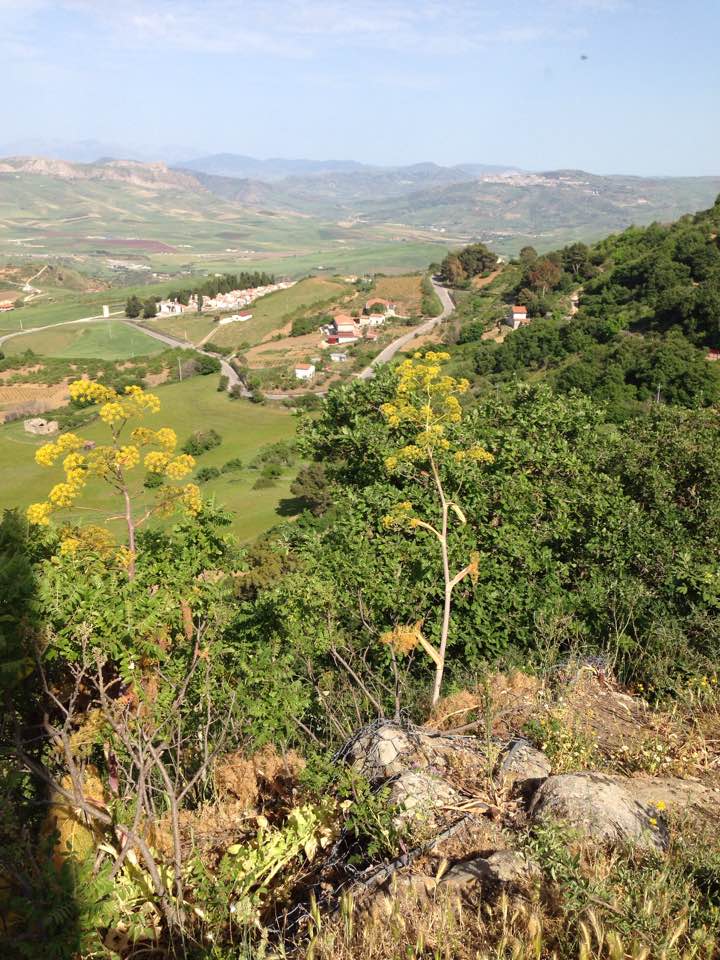
I asked our guide/cousin from our trip. Unfortunately it is not. It is the road Contrada Lacca and the larger group of buildings is a cemetery. I wonder if there are Mamolas and Siragusas there? Salvo also sent me this satellite view to help me get my bearings. It took me the longest time to figure out that his google satellite view was upside down from the one I got when I searched. No wonder I was so confused! The blue X marks the spot where we were standing when I took the photo and the road we looked down on is circled.

And here is the road (now open) to Campofelice, 6.7 km from Mezzojuso.
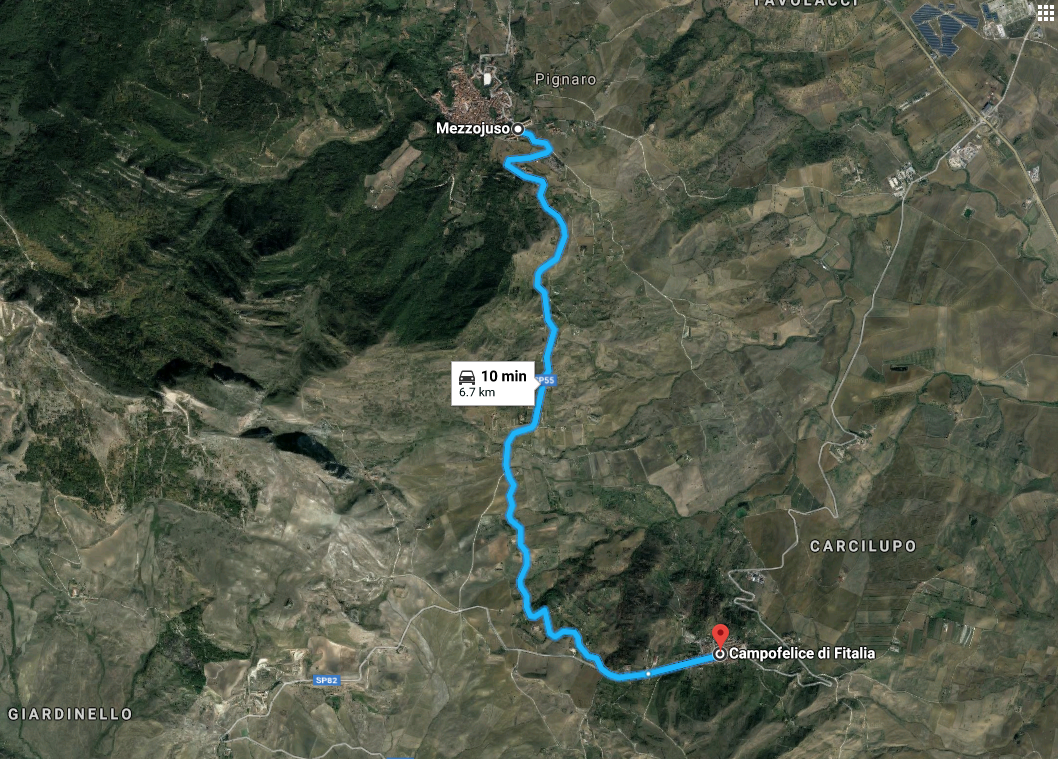
Here is the real Campofelice di Fitalia.
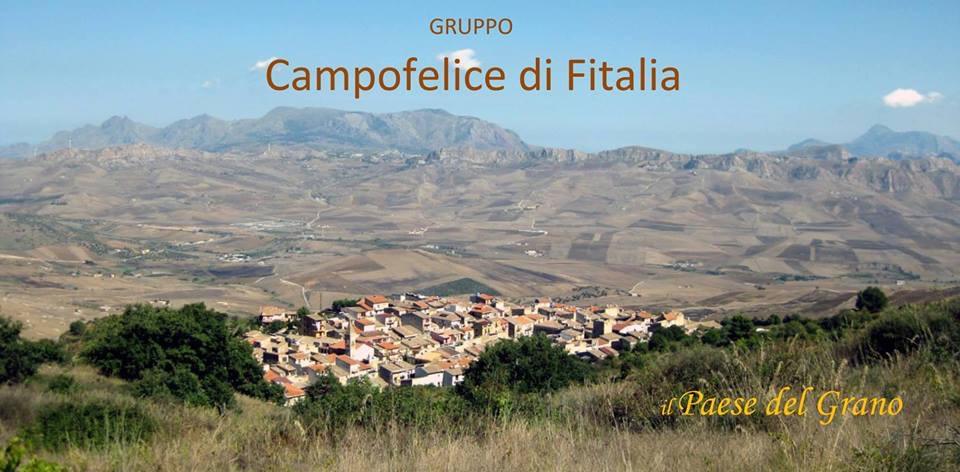
I’ll highlight one more paragraph from the newspaper article.

So here we have a 16-year-old girl from a tiny village in Sicily. She had probably never ventured much farther from home than Mezzojuso before traveling to the big city of Palermo to get on a ship to America. She lived in farming country, in a place where everyone knew everyone else and their complete family history. Superstition and the evil eye were real. But why would Angelina think one of the Parrinos had the ability to change a person’s skin color? Had her brother and Sebastian been teasing the gullible younger sister? Did the Parrinos have a reputation for casting curses?
I’ve tried to imagine what that voyage was like for Angelina. She traveled in steerage, so not a luxurious cruise by any means. I’d think she would have liked to clean up a bit before meeting her husband-to-be and being rushed to the altar (or wherever) in less than an hour! How overwhelming all of this must have been.
Perhaps this was her first view of her new country.
New country.
New husband.
New language.
New everything.
Yet, it appears she weathered it well.
P.S. We think my husband favors his great-great-grandfather Frank Mamola. A few years ago a family-run Italian restaurant opened near our home. When we walked in the first time, everyone in the family made over us because my husband looked just like Uncle Somebody – and they are Albanian. Every time we went in, they would give us a free sample of something.
Sail on over to Sepia Saturday and see what tales others have to tell.

